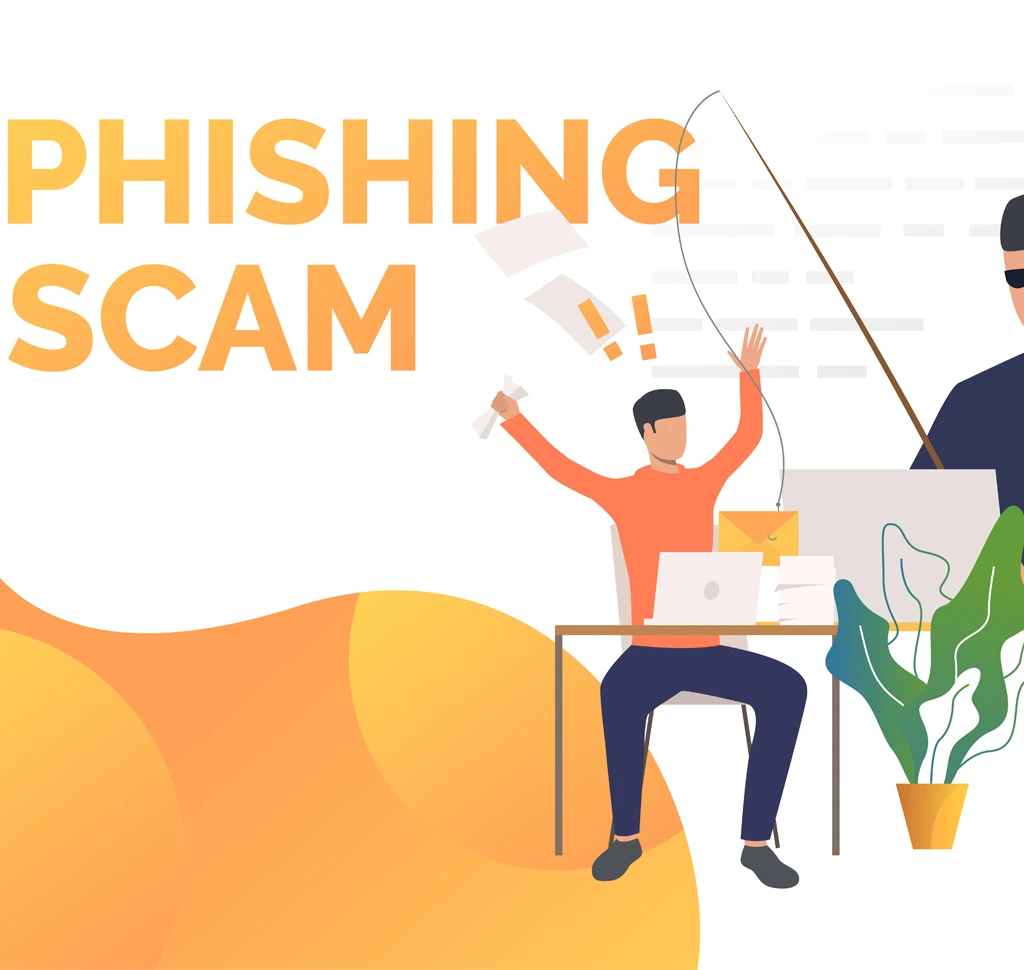What is Email Phishing?
Phishing, in general, refers to the act of “fishing” for sensitive information by posing as a legitimate entity. When done through email, it often involves sending deceptive messages that seem to come from a trusted organization or individual. These emails usually contain links to fraudulent websites or malicious attachments designed to capture confidential data.
A classic example of a phishing email might be a message that looks like it’s from a bank, urging the recipient to click on a link to “verify account details” or “reset a password.” Clicking on the link directs the user to a website that looks almost identical to the bank’s official site but is, in reality, designed to steal login credentials.
How Phishing Emails Work
Phishing emails often rely on psychological manipulation to encourage a sense of urgency or fear in the recipient. The attackers craft their messages to exploit human emotions like panic, greed, or curiosity. For example, a message may claim there’s been unauthorized activity on a person’s account, prompting them to take immediate action. Others might offer enticing offers, such as lottery winnings or investment opportunities, encouraging the recipient to click a link or provide personal information.
Here’s a breakdown of how phishing emails typically work:
- The Hook: The phishing email usually contains an eye-catching subject line or message, designed to draw immediate attention. This could be a fake alert from a bank about a compromised account, an urgent request from a government agency, or a too-good-to-be-true offer.
- The Bait: The email might include a clickable link or a file attachment. The link leads to a fake website that looks real, while the attachment could be malware that infects the user’s computer.
- The Trap: Once the victim provides their information on the fake website or opens the malicious attachment, the data is immediately transmitted to the attacker. From there, the attacker can steal passwords, financial information, or other valuable data.
- The Attack: With the stolen information, attackers can access bank accounts, steal identities, commit fraud, or sell the information on the dark web.
Types of Email Phishing Attacks
While the basic goal of phishing is the same, there are several variations that attackers use, each with its unique approach:
- Spear Phishing
Unlike generic phishing emails sent to thousands of people, spear phishing targets specific individuals or organizations. Attackers research their targets in advance, often impersonating a person or company the victim knows. These emails are more personalized and, as a result, more believable. For instance, the email may appear to come from a colleague or a trusted service provider, asking for sensitive business information or login credentials. - Whaling
Whaling is a type of phishing that specifically targets high-profile individuals like CEOs, CFOs, or government officials. Because these individuals have access to valuable corporate or financial data, they are prime targets. The email might mimic a legal document or urgent request, making it harder to detect as a scam. - Clone Phishing
In this approach, attackers clone a legitimate email previously sent to the recipient but modify it with malicious links or attachments. Since the email seems identical to one the recipient has already received, they are more likely to trust it and fall for the trap. - Pharming
Pharming is slightly different from phishing in that it doesn’t rely on sending fraudulent emails. Instead, it redirects users to fake websites even if they’ve entered the correct URL. Attackers achieve this by corrupting the DNS system, which directs browsers to websites. Although not a direct email scam, phishing emails may contain links that redirect users to pharming websites.
Recognizing a Phishing Email
Recognizing a phishing email is the first step in defending yourself. Here are some common red flags to watch for:
- Urgency: If the email stresses immediate action, such as resetting a password or verifying account information, be cautious. Attackers rely on urgency to prompt quick actions without much thought.
- Unusual Sender Address: Phishing emails often come from addresses that are slightly different from legitimate ones. For example, an email that seems to come from PayPal might have a domain like “paypai.com” instead of “paypal.com.”
- Generic Greetings: Emails from legitimate companies typically address users by their names, while phishing emails may use generic greetings like “Dear Customer” or “Dear User.”
- Links and Attachments: Avoid clicking on links or downloading attachments from unknown or unsolicited sources. Hovering over a link before clicking can reveal its true destination in the browser’s status bar, helping you spot fraudulent URLs.
- Spelling and Grammar Mistakes: Many phishing emails originate from non-native speakers, which often results in awkward phrasing or grammatical errors. While some phishing attempts are more sophisticated, poorly written messages should raise suspicions.
How to Protect Yourself
The best defense against phishing is to remain vigilant and follow these best practices:
- Enable Two-Factor Authentication (2FA)
Enabling 2FA adds an extra layer of security by requiring a second form of verification (such as a text message code) in addition to your password. Even if a phishing attack compromises your password, the attacker won’t be able to access your account without the second factor. - Verify Before You Click
Always verify the authenticity of an email before clicking any links or downloading attachments. If you receive an unexpected email from your bank or another service provider, contact them directly through their official website or phone number, rather than using the information provided in the email. - Use Anti-Phishing Software
Many email services and antivirus programs now include anti-phishing tools that scan emails for suspicious links or attachments. Keeping your software up to date can provide an additional layer of protection. - Educate Yourself and Others
Phishing attacks are constantly evolving, so staying informed about the latest tactics is essential. Regularly updating employees or family members about potential threats and how to recognize them can significantly reduce the risk of falling victim.


